
The Western Federation of Miners (WFM) was a labor union that gained a reputation for militancy in the mines of the western United States and British Columbia. Its efforts to organize both hard rock miners and smelter workers brought it into sharp conflicts – and often pitched battles – with both employers and governmental authorities. One of the most dramatic of these struggles occurred in the Cripple Creek district in 1903–04, and has been called the Colorado Labor Wars. The WFM also played a key role in the founding of the Industrial Workers of the World in 1905, but left that organization several years later.

William Dudley "Big Bill" Haywood was a founding member and leader of the Industrial Workers of the World (IWW) and a member of the executive committee of the Socialist Party of America. During the first two decades of the 20th century, Haywood was involved in several important labor battles, including the Colorado Labor Wars, the Lawrence Textile Strike, and other textile strikes in Massachusetts and New Jersey.
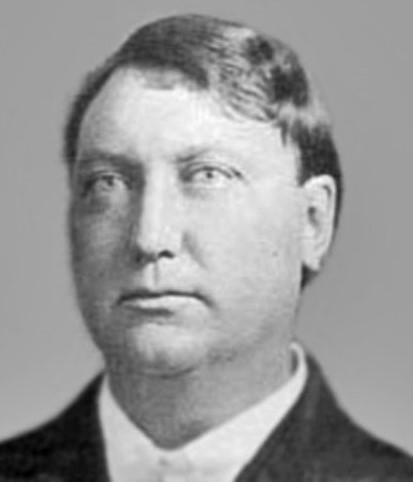
Frank Steunenberg was the fourth Governor of the State of Idaho, serving from 1897 until 1901. He was assassinated in 1905 by one-time union member Harry Orchard, who was also a paid informant for the Cripple Creek Mine Owners' Association. Orchard attempted to implicate leaders of the radical Western Federation of Miners in the assassination. The labor leaders were found not guilty in two trials, but Orchard spent the rest of his life in prison.
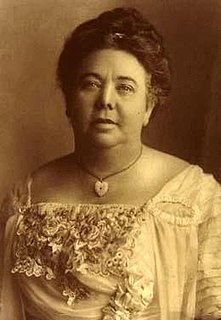
May Arkwright Hutton was a suffrage leader and labor rights advocate in the early history of the Pacific Northwest of the United States.
August Paulsen was a Danish-American businessman noted for his philanthropy in the states of Washington and Idaho.

Albert Edward Horsley, best known by the pseudonym Harry Orchard, was a miner convicted of the 1905 political assassination of former Idaho Governor Frank Steunenberg. The case was one of the most sensational and widely reported of the first decade of the 20th century, involving three prominent leaders of the radical Western Federation of Miners as co-defendants in an alleged conspiracy to commit murder.
There were two related incidents between miners and mine owners in the Coeur d'Alene Mining District of North Idaho: the Coeur d'Alene, Idaho labor strike of 1892, and the Coeur d'Alene, Idaho labor confrontation of 1899. This article is a brief overview of both events.

Frank Robert Gooding was a Republican United States Senator and the seventh Governor of Idaho. The city of Gooding and Gooding County, both in southern Idaho, are named for him.
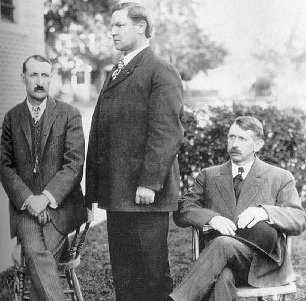
George A. Pettibone was an Idaho miner. Pettibone was best known as a defendant in trial of three leaders of the Western Federation of Miners for the 1905 assassination by bombing of Frank Steunenberg, former governor of Idaho.
The history of Idaho is an examination of the human history and social activity within the state of Idaho, one of the United States of America located in the Pacific Northwest area near the west coast of the United States and Canada. Other associated areas include southern Alaska, all of British Columbia, Washington, Oregon, western Montana and northern California and Nevada.
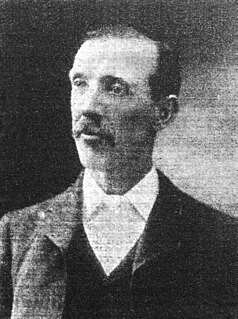
Edward "Ed" Boyce was president of the Western Federation of Miners, a radical American labor organizer, socialist and hard rock mine owner.
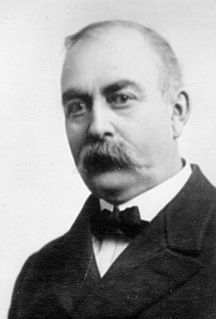
James Henry Hawley was an American attorney and politician from Idaho. He was state's ninth Governor from 1911 to 1913, and the mayor of Boise from 1903 to 1905. He also acted as prosecutor or defense attorney for a substantial number of criminal cases. Outside of criminal law, he specialized in irrigation and mining cases.

Burke is a ghost town in Shoshone County, Idaho, United States, established in 1887. Once a thriving silver, lead and zinc mining community, the town saw significant decline in the mid-twentieth century after the closure of several mines.

The Silver Valley is a region in the northwest United States, in the Coeur d'Alene Mountains in northern Idaho. It is noted for its mining heritage, dating back to the 1880s.

Burke Canyon is the canyon of the Burke-Canyon Creek, which runs through the northernmost part of Shoshone County, Idaho, U.S., within the northeastern Silver Valley. A hotbed for mining in the late-nineteenth and twentieth centuries, Burke Canyon now contains several ghost towns and remnants of former communities along Idaho State Highway 4, which runs northeast through the narrow canyon to the Montana border.
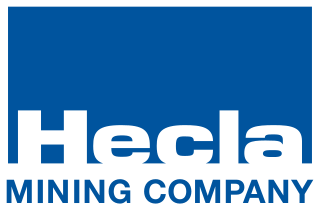
Hecla Mining is a silver and other precious metals mining company based in Coeur d'Alene, Idaho. Founded in 1891, Hecla Mining was prominent in what became known as the Silver Valley (Idaho), which had the second-largest deposits of silver in the country. In 1983 this area was designated as a Superfund site by the Environmental Protection Agency, because of land, water and air contamination resulting from a century of mostly unregulated mining.
The Bunker Hill Mining Company is a mining company with facilities in Kellogg and Wardner Idaho.
The Coeur d'Alene, Idaho, labor riot of 1899 was the second of two major labor-management confrontations in the Coeur d'Alene mining district of northern Idaho in the 1890s. Like the first incident seven years earlier, the 1899 confrontation was an attempt by union miners, led by the Western Federation of Miners to unionize non-union mines, and have them pay the higher union wage scale. As with the 1892 strike, the 1899 incident culminated in a dynamite attack that destroyed a non-union mining facility, the burning of multiple homes and outbuildings and two murders, followed by military occupation of the district.

The Coeur d'Alene, Idaho, labor strike of 1892 erupted in violence when labor union miners discovered they had been infiltrated by a Pinkerton agent who had routinely provided union information to the mine owners. The response to that violence, disastrous for the local miners' union, became the primary motivation for the formation of the Western Federation of Miners (WFM) the following year.

The Bunker Hill Mine and Smelting Complex, was a large smelter located in Kellogg, Idaho, in the Coeur d'Alene Basin. When built, it was the largest smelting facility in the world. It is located in what became known as the Silver Valley of the Coeur d'Alene Basin, an area for a century that was a center of extensive silver and other metal mining and processing. This resulted in extensive contamination of water, land and air, endangering residents including the Coeur d'Alene Tribe, which had traditionally depended on fish from the waterways as part of its subsistence.
















